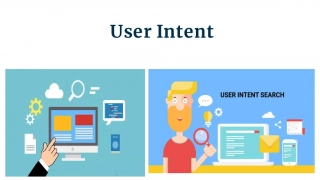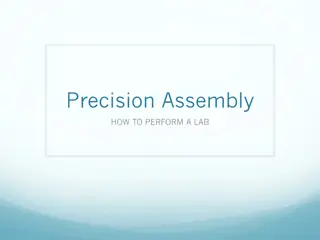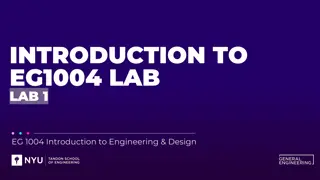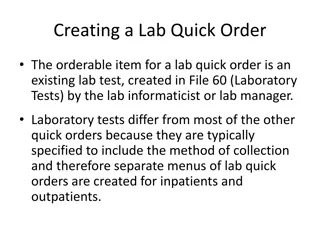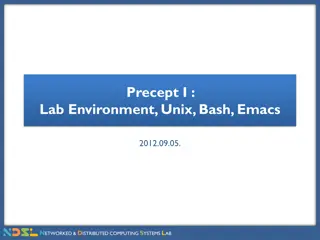
Understanding User Behavior in Recommendation Systems
Explore the impact of extreme user ratings, interface design, and interventions on recommendation systems. Learn how personalized content and feedback influence user experiences. Discover the role of platforms in inducing pickiness or super-likeness through interface changes.
Download Presentation

Please find below an Image/Link to download the presentation.
The content on the website is provided AS IS for your information and personal use only. It may not be sold, licensed, or shared on other websites without obtaining consent from the author. If you encounter any issues during the download, it is possible that the publisher has removed the file from their server.
You are allowed to download the files provided on this website for personal or commercial use, subject to the condition that they are used lawfully. All files are the property of their respective owners.
The content on the website is provided AS IS for your information and personal use only. It may not be sold, licensed, or shared on other websites without obtaining consent from the author.
E N D
Presentation Transcript
Are You Really a Picky Person?
Personalized Content Helps to improve the on-site experience by creating dynamic recommendations for different kinds of audiences
Recommendation System Goal Infer users' preferences and provide them with recommendations that enhance their overall experience How to do this? From informative users' feedback
Extreme Ratings of a User On one extreme: "picky user" On the other extreme: "superliker" Why is it bad for the user? The algorithms fail to learn a user's preferences due to extreme ratings, which can lead to an unpleasant user experience
Intervensions in Rating Systems Design Does the interface change ratings? Designing Informative Rating Systems: Evidence from an Online Labor Market Garg, Nikhil and Johari, Ramesh
How is this related to pickiness? We ask whether platforms can actually induce pickiness or super- likeness by changing the interface
Step 1 We conduct an experiment that shows how the interface design can change the users behaviors in terms of pickiness or suplerlikers (extreme ratings)
Three Treatment Groups Treatment Dislike lock time Like lock time Superlike lock time a 3 3 12 b 3 6 12 c 3 9 12 Online A/B/C test in which we changed the timer period of the like button to be unlocked
Step 2 We show how the rating distribution affects the recommenders and how quickly do they learn about the users?
Simulation with RecLab We simulate the ratings with RecLab using sythetic datasets to control the rating distribution of each group We consider three recommendation algorithms: Random TopK MF
Simulation with RecLab We are interested in: Superlike ratio over time How often does the recommender recommend a liked song? Correlation between song quality and the mean rating?
Effects on the recommendati on algorithms Interface Design Ratings Received Change timers in the Piki music app Rating distribution Simulation: How does the rating distribution affect the recommenders and how quickly do they learn about the users? Experiment: How does changing the time until giving a specific rating affect the rating distribution?
Setup Piki music app Number of users: 484 users Median rating per user: (a) 49 (b) 68 (c) 56 Total number of rating: 80K Duration: 5 weeks

